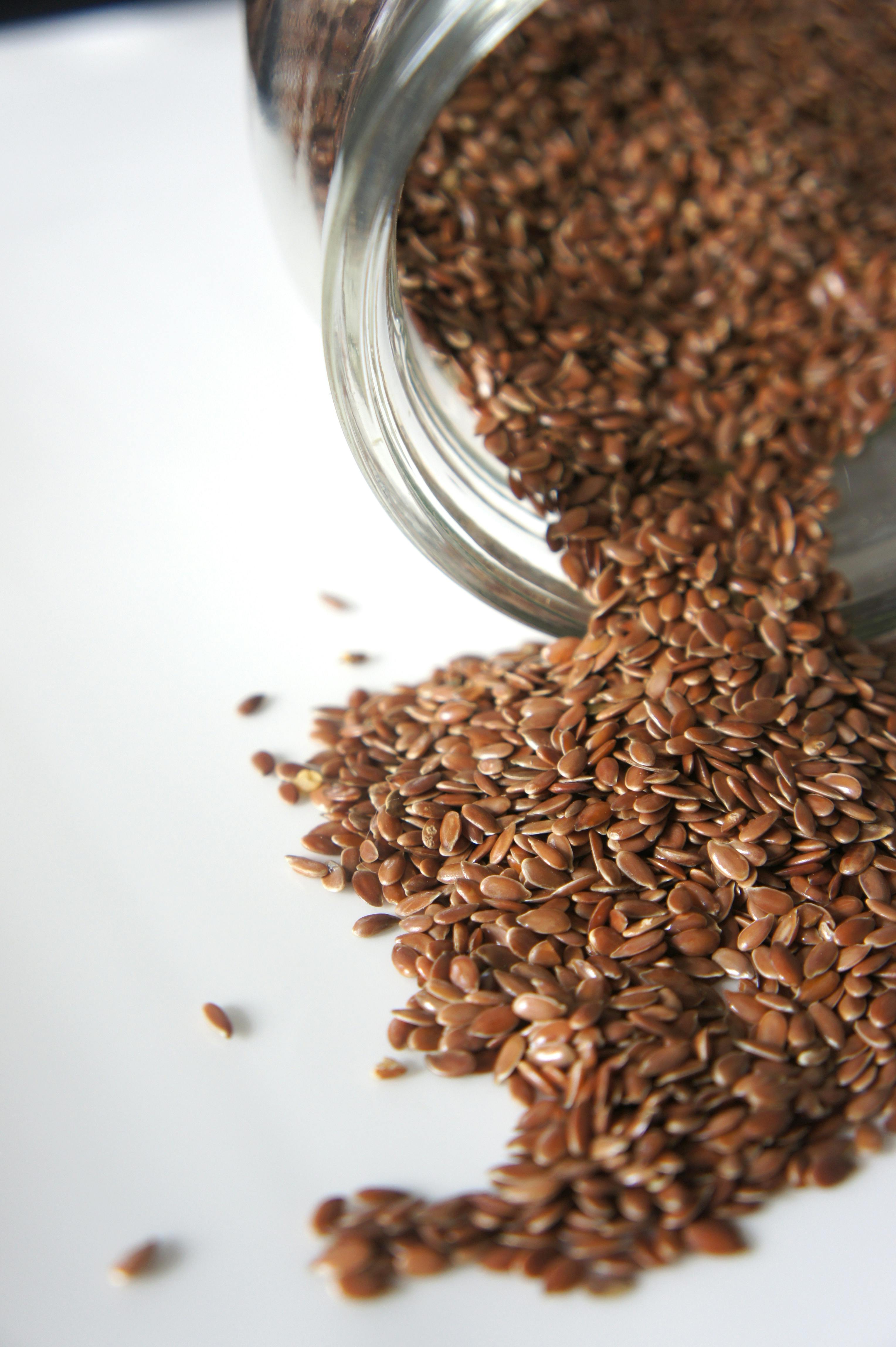Apply Now
Essential Overview of Keto and Carnivore Diets
The rising interest in dietary trends has brought the keto and carnivore diets to the forefront of healthy eating discussions. Both have gained popularity for their unique approaches to nutrition and weight management, yet they are fundamentally different in their composition and philosophy. The ketogenic lifestyle emphasizes a high-fat, low-carbohydrate approach, promoting ketosis for improved energy levels and fat burning. In contrast, the carnivore diet focuses solely on animal-based foods, advocating for a zero-carb intake.
Understanding these differences is crucial for anyone looking to explore either dietary pathway. In this guide, we’ll help you comprehend the essentials of both diets, their health benefits, potential drawbacks, and practical applications. By offering a comparative analysis of the keto and carnivore lifestyles, our aim is to illuminate the unique advantages and challenges they present, ultimately enabling you to make an informed decision about which might be best suited for your health goals.
Moreover, we’ll delve into meal planning, food selections, and potential adaptations if transitioning from one diet to another. Key takeaways will provide a concise summary of their core aspects and offer insights into their long-term effects on health.
Key Differences in Dietary Approach
Building on the introduction, the most significant difference between the keto and carnivore diets lies in their dietary restrictions and food choices. While both reduce carbohydrate intake, they diverge in what they allow.
Food Variety and Composition
The keto diet permits a range of foods, including healthy fats, vegetables, and some dairy, facilitating a broader array of meals. For example, a typical keto meal plan might include avocados, nuts, eggs, and low-carb vegetables such as spinach and zucchini. This encourages nutrient density and allows for many culinary choices.
Conversely, the carnivore diet restricts food to animal products, effectively eliminating all plant-based options. The meat-based diet primarily consists of beef, pork, chicken, and fish, along with eggs and dairy, offering a limited variety. While this approach can simplify meal preparation, it may lead to nutrient voids if not examined closely.
Keto vs Carnivore: Caloric and Macronutrient Ratios
Caloric intake and macronutrient ratios vary significantly between the two diets. The keto diet typically targets a macro ratio of approximately 70% fats, 25% protein, and 5% carbohydrates, focusing on fat adaptation for energy. In contrast, the carnivore diet is generally higher in protein, with recommended macro ratios leaning closer to 70% protein and 30% fats, depending on individual goals.
Understanding these ratios is vital for effective meal prep. Weight loss on keto often features controlled portions of calories, emphasizing fat loss, while the carnivore diet may result in quicker weight loss due to fewer available food options but is less flexible. 
Health Benefits and Concerns
Both diets promise various health benefits but differ in their focus. The health benefits of keto include enhanced mental clarity, energy levels, and inflammation reduction, which can be significant for individuals struggling with weight issues or metabolic syndrome. Conversely, proponents of the carnivore diet cite improvements in digestive health, reduced inflammation, and increased satiety due to its high protein content.
However, both diets have possible downsides. For instance, common keto mistakes can lead to nutrient deficiencies if not carefully managed, while the carnivore diet’s extreme restriction may lead to challenges in obtaining essential vitamins and minerals, necessitating vigilant monitoring of health outcomes.
Nutritional Comparison: Keto vs Carnivore
Transitioning into nutritional specifics, let’s explore the macronutrient profiles, available food options, and their impacts on overall health.
Keto Foods and Meal Plans
The keto diet embraces a variety of foods, allowing for creativity in meal preparation. Keto foods often include grass-fed meats, healthy oils (like coconut and olive oil), low-carb vegetables, and dairy. A typical keto meal plan may resemble that of meal prep enthusiasts, focusing on balanced meals that provide adequate energy without significant carbohydrate intake.
For instance, a keto meal prep might include grilled chicken served with a side of sautéed spinach and avocado drizzle, complemented by a keto-friendly dessert like almond flour cookies. 
Carnivore Foods and Meal Prep
The carnivore meal plan, while limited, can still provide ample protein and fat. Foods primarily consist of red meat, organ meats, fish, eggs, and some dairy. Meal prep can become straightforward, relying on batch cooking and simpler preparation methods.
An example of a carnivore meal might involve steak or ribs as the main dish, accompanied by bone broth or a side of bacon. Although grocery shopping may feel restrictive, the focus remains on animal-based nutrient density, which can yield positive results for certain individuals.
Transitional Strategies and Flexibility
As shifting between diets may occur, understanding the transitional phases is pivotal. Transitioning to keto often involves a gradual reduction of carbohydrates to avoid potential side effects like the “keto flu.” Meanwhile, moving to a carnivore diet requires one to eliminate all plant-based foods concurrently, necessitating mental and physical adjustments.
Flexibility also distinguishes these diets; while the keto lifestyle allows for occasional “cheat meals,” the carnivore approach requires strict adherence to animal products to maintain its benefits. Understanding these aspects is crucial for anyone contemplating these dietary patterns, as lifestyle sustainability is key to long-term adherence.
Potential Long-term Effects
Examining the long-term effects of keto and carnivore diets reveals significant differences in health outcomes and lifestyle implications.
Long-term Health Impacts of Keto
The long-term effects of keto include potential weight stabilization, improved metabolic health, and even longevity benefits. Research suggests that a well-structured ketogenic diet may enhance insulin sensitivity and reduce the risk of metabolic diseases.
However, it’s essential to balance the diet responsibly to prevent nutrient deficiencies over time. For example, ensuring a diverse range of low-carb vegetables and obtaining magnesium and electrolytes through supplementation can be beneficial.
Long-term Health Impacts of Carnivore
Conversely, proponents argue that the carnivore diet can lead to remarkable improvements in health markers such as inflammation reduction and better energy levels. Yet, it faces scrutiny regarding sustainability and nutrient deficiencies over time. Long-term adherence may require individual assessments to monitor micronutrient intake and potential gut health impacts.
While some individuals thrive on this diet, it may not be suitable for everyone, bringing attention to the importance of personalized nutrition approaches based on individual health goals and experiences.
Practical Tips for Success
With a wealth of information on each diet, equipping oneself with practical tips can enhance the likelihood of success.
Keto Success Strategies
To thrive on a ketogenic lifestyle, practical strategies such as meal planning, utilizing keto snacks, and joining the keto community can support your journey. Awareness of common keto myths can also help navigate challenges and mitigate missteps.
For beginners, comprehending the basics of keto macro ratios and how they influence meals can be beneficial. Success stories often highlight the importance of tracking food intake and maintaining consistent hydration levels as essential aspects of the diet.
Carnivore Success Strategies
For the carnivore community, the focus on high-quality protein sources in carnivore diets is paramount. Finding support through popular carnivore blogs can offer encouragement and practical tips.
Maintaining flexibility with meal frequency and exploring culinary traditions within the carnivore framework can also promote success. It’s vital to listen to your body and make adjustments based on personal experiences, psychological effects, and observed health outcomes.
Common Pitfalls and Solutions
Regardless of the chosen path, identifying common mistakes and potential solutions is crucial. For keto followers, avoiding nutrient voids and ensuring a diverse range of food choices can help maintain energy levels. On the carnivore side, familiarizing oneself with the signs of nutrient deficiencies and being open to incorporating organ meats can play a significant role in long-term adherence.
By addressing potential roadblocks proactively and seeking community support, both diets can lead to improved health outcomes and lifestyle satisfaction.
Q&A Section: Navigating Your Dietary Journey
In this section, we’ll address common questions surrounding both the keto and carnivore diets, providing practical solutions based on current knowledge and research.
What are the main differences between keto and carnivore diets?
Keto emphasizes high-fat, low-carb foods, allowing for various food choices, whereas carnivore is exclusively animal-based, leading to a more restrictive approach.
Can I combine aspects of both diets?
While blending the two is possible, it’s essential to maintain clarity on macro ratios to ensure desired outcomes align with health goals.
What are the health benefits of each diet?
Both diets offer potential benefits, including weight loss, improved energy levels, and reduced inflammation, but effectiveness varies by individual.
How can I effectively transition between the two diets?
Gradually altering intake by adjusting carbohydrates or introducing more animal products can minimize adverse reactions typically associated with dietary changes.
Are there any risks with long-term adherence to either diet?
Yes, potential risks include nutrient deficiencies, hormonal balance issues, and sustained diet rigidity which can affect social interactions and psychological health.
In conclusion, the choice between a keto and carnivore diet reflects personal preferences, health goals, and lifestyle tendencies. Each offers unique benefits and challenges, highlighting the importance of careful consideration and potential adaptation to individual needs.




